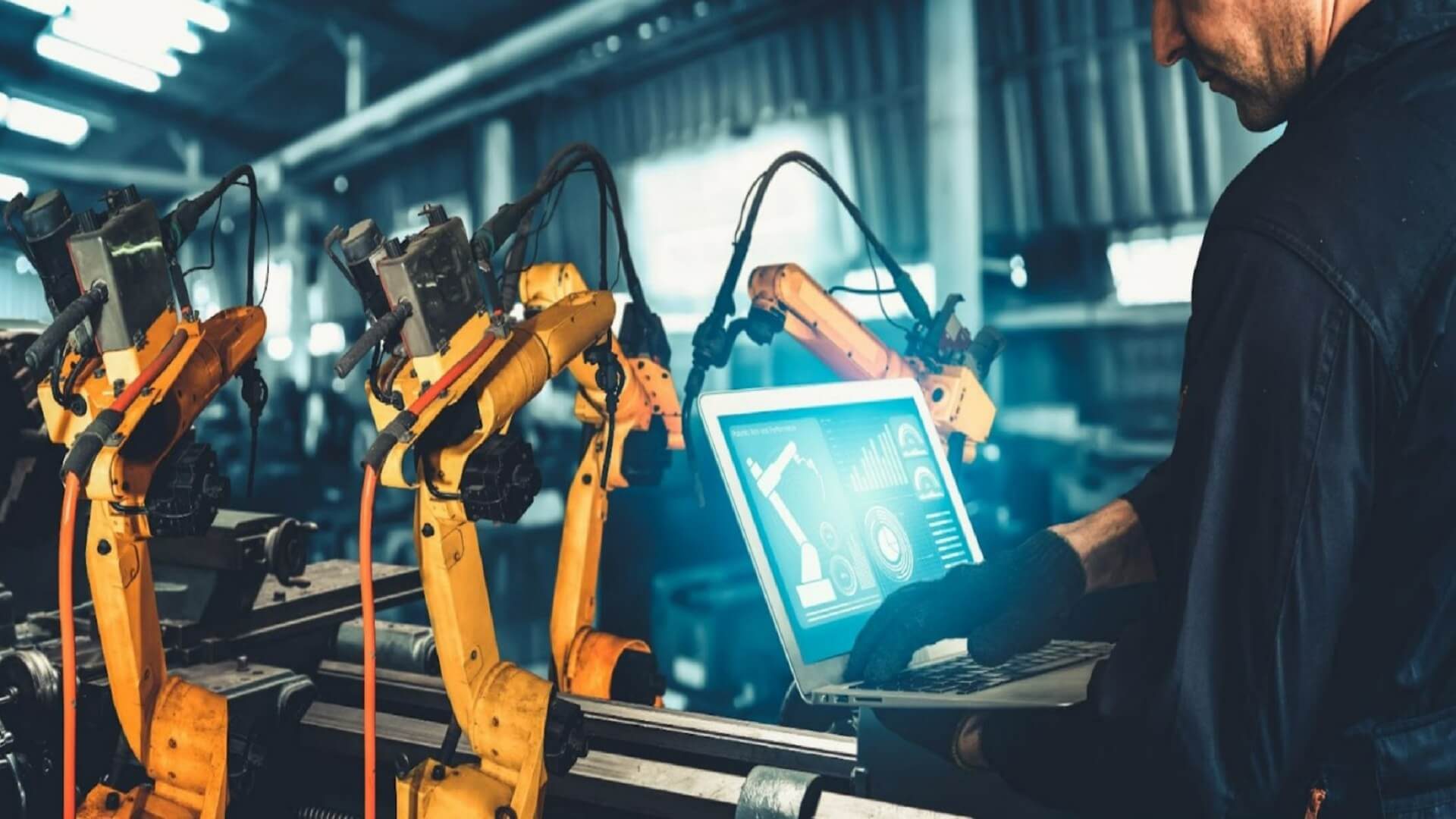How AI and Machine Learning Are Revolutionizing the Automotive Supply Chain


Recent global disruptions are revealing a serious need for supply chain modernization, especially in the automotive industry
In an increasingly digitized world, it’s apparent that technology will continue to be at the forefront of supply chain management. with the power of artificial intelligence (AI) and machine learning (ML) offering excellent opportunities for optimization, you can minimize costs and maximize profitability faster than ever before.
In this guide, let’s take a look at how AI and ML are changing the automotive supply chain landscape.
Growing demand presents new opportunities for improvement
Preventing plant downtime with predictive tools
The pandemic shed light on how fragile global automotive supply is in the face of disruptive events. In an uncertain market, the success of your supply chain hinges on predictive prowess.
A single hour of unplanned production downtime can backlog all the processes of the supply chain, not to mention the huge losses of capital that follow.
AI and ML are backed by powerful algorithms and predictive analysis capabilities. These Industry 4.0 tools can analyze truckloads of data at an unimaginable speed which otherwise can’t be done manually. With minimal human intervention, this methodology also eliminates human error, thereby increasing the accuracy and reliability of the data that is returned.
Data regarding component usage, maintenance records, and performance can be weighed against historical data such as previous occurrences of downtime to accurately predict when the next failure would be. This way, you can order replacement parts well ahead of time instead of expediting materials after an equipment failure, thus avoiding any production delays. Since machines are monitored and maintained optimally, this method also increases their lifespan.
Increase visibility across operations
A 2018 survey by Statista found that the biggest challenge for global supply chain executives was visibility with a whopping 21.8% of respondents admitting to this gap in their processes. Traditional systems are disparate, slow, and inundated with data silos which not only impede the flow of information but also amplify existing vulnerabilities.
For instance, let’s say a critical component in your assembly line broke and you want to run a comprehensive report on your stock levels for replacement parts. A traditional system relying on spreadsheets would not only leave you sifting through thousands of rows and columns to access this data, but once it’s finally retrieved, there’s a high chance that it’s outdated, inaccurate, and therefore unreliable.
An AI-based system harmonizes data across your entire supply ecosystem and aggregates it into a single location. With access to real-time data, you can identify inefficiencies beforehand and proactively implement corrective actions.
It’s an upgrade from just-in-time (JIT) material management, a strategy that simply doesn’t cut it anymore.
The right AI-based tool will notify stakeholders when inventory falls below a minimum threshold so new stock can be ordered well ahead of time. This way, you not only avoid shipping delays but also ensure that your capital isn’t tied unnecessarily to excess stocks.
Create a system that works
Cut costs where it makes sense
As important as it is to invest in the right tools and technologies, identifying areas where you can cut down on costs is just as important, too.
Luckily, you can do both at once with the right MRO software. Smart analytics doesn’t just improve your material lifespan, it also helps keep procurement relationships healthy.
Supplier relationships are not just transactional–a contract with the right vendor can manifest greater rewards in the form of discounts, improved product quality, shortened delivery, and much more.
The right materials management solution will be equipped with tools that help track key performance indicators (KPIs) that can help you assess the performance of your vendors. For instance, you’ll receive notifications if vendors continue to lengthen lead times so that you can renegotiate shipment schedules or look for alternate suppliers.
Having a shortlist of reliable suppliers is 100x better than having a pool of unreliable ones. This can facilitate the pathway for more efficient spending and cut back on rogue spending that eats at profitability.
Keep optimizing
The pandemic is a testament that automotive manufacturers need to keep evolving to survive. You’ll have to create a system that is responsive and flexible enough to adapt to these disruptive events.
Stakeholders should look for ways to make rapid and informed business decisions in the blink of an eye, backed by real-time data.
A cloud-based solution bolstered with AI can help operations managers learn from past mistakes, improving SOPs as they go. Not only will you be able to identify hidden opportunities for optimization, but your overall decision-making process will improve as well.
Take the guesswork out of MRO management
Navigating an uncertain market is truly a challenging process. Market leaders in the automotive industry today have to juggle multiple things at once from improving the efficiency of their supply chain, reducing costs, and facing disruptive events whilst bolstering profit margins.
Leveraging the power of artificial intelligence and machine learning can take the burden off your shoulders and do the heavy lifting for you. These tools streamline the entire process and help you make informed business decisions using accurate data instead of relying on estimated guesswork.
Learn more about how MRO optimization can help manufacturers weather economic uncertainty.
